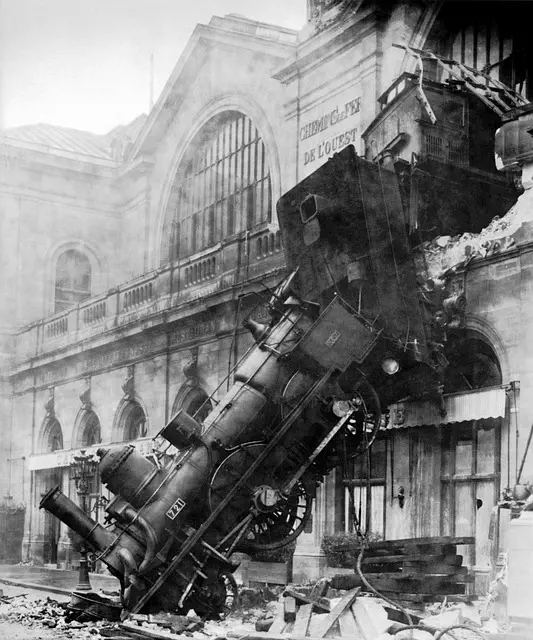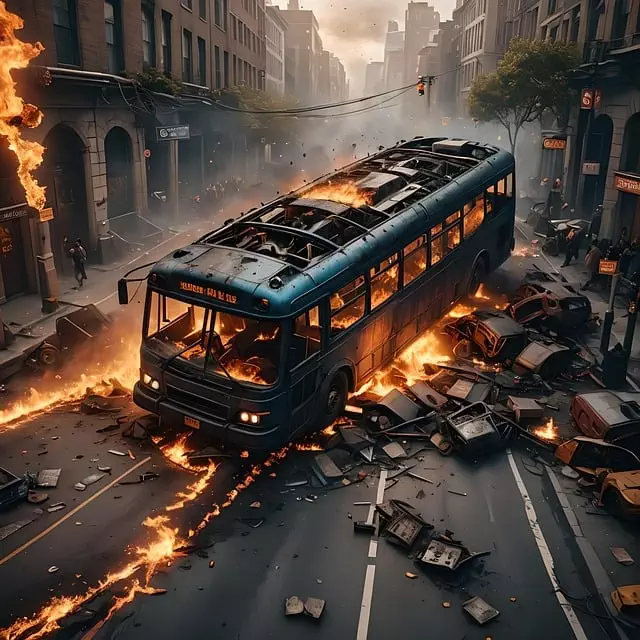Construction site falls and injuries in The Bronx, New York, are addressed through a no-fault workers' compensation system. This system ensures injured workers receive medical benefits and wage replacement regardless of who's at fault. It covers accidents like falls from heights or debris-related trips, with employers responsible for maintaining safe working conditions. Understanding this system is crucial for workers navigating their legal rights during recovery, as interpretation can vary between The Bronx and neighboring areas like Queens, complicating liability among contractors, subcontractors, and property owners. Legal professionals play a vital role in helping injured workers through this labyrinthine legal environment.
Construction Site Falls and Injuries in The Bronx: Navigating Prevention and Compensation
This article explores no-fault settlements for construction site accidents in Queens and The Bronx. We delve into the legal framework surrounding these injuries, focusing on New York’s no-fault insurance system. Understanding common causes of falls and other hazards is key to prevention. Additionally, we examine workers’ rights, compensation options, and successful case studies, providing valuable insights for those affected by construction site accidents in this vibrant metropolis.
- Understanding No-Fault Settlements in Construction Site Accidents: The Legal Framework
- – The legal landscape surrounding construction site falls and injuries in Queens, New York.
Understanding No-Fault Settlements in Construction Site Accidents: The Legal Framework

In the event of a construction site fall or injury in The Bronx, understanding no-fault settlements is crucial. New York State’s workers’ compensation system provides coverage for workplace injuries, regardless of fault, through insurance funds collected from employers. This legal framework ensures that injured workers receive medical benefits and wage replacement without needing to prove liability. No-fault settlements streamline the claims process, offering a swift resolution compared to traditional personal injury lawsuits.
These settlements cover a range of construction site accidents, including falls from heights, tripping over debris, or being struck by falling objects. Employers are required to maintain safe working conditions, and any deviation from industry standards can contribute to liability for injuries sustained on their premises. However, no-fault benefits are available to workers regardless of these factors, ensuring they receive the necessary support during recovery while navigating their legal rights in The Bronx.
– The legal landscape surrounding construction site falls and injuries in Queens, New York.

In Queens, New York, construction site falls and injuries are a significant legal concern. The legal landscape is shaped by a combination of state and local regulations aimed at ensuring safety on active construction sites. Workers who suffer injuries due to negligence or unsafe working conditions may be entitled to no-fault settlements, which provide financial compensation regardless of fault.
The Bronx, a neighboring borough, shares similar legal frameworks, but the specific application and interpretation of these laws can vary between jurisdictions. Queens’ construction site falls often involve complex issues related to liability, especially when multiple parties are involved—including contractors, subcontractors, and property owners. Legal professionals specializing in no-fault settlements for construction site falls and injuries in Queens play a crucial role in navigating this labyrinthine legal environment, ensuring that injured workers receive the compensation they deserve.
If you’ve suffered injuries in a construction site fall in Queens or The Bronx, understanding no-fault settlements can be crucial. While navigating legal complexities might seem daunting, knowing your rights and options is essential. Remember that with the right guidance, you can seek fair compensation for your Construction Site Falls and Injuries without the usual fault-based barriers.
